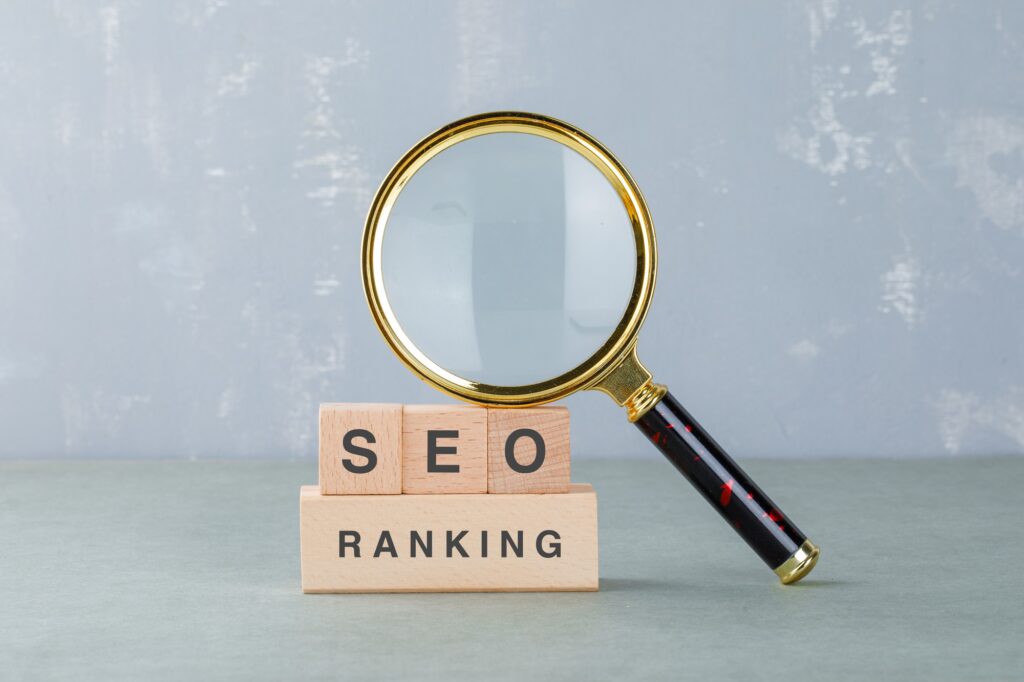For years, Google has been the king of search. Someone looking for a dentist, teeth whitening, or an emergency visit might type their search into Google and select from the top results. But times change, and the way people search is changing faster than most practice owners could have imagined.
SEO as we know it will be unrecogniasable by end of 2025. You are already behind if your approach still revolves on Google alone.
How Search Has Changed — and Why It Affects Your Dental Practice
Consider the early years of the internet. You would search Yahoo or Ask Jeeves, sort messy directories, and hope for the best if you needed a dentist in your vicinity. Google transformed everything by online organisation and fast, precise result delivery.
If you placed #1 on Google years ago, you would have attracted the lion’s share of fresh patients. Today, though? Though it is still strong, Google is not the only place people look now.
Think about these astonishing search patterns:
• Instagram gets 6.5 billion daily searches. Directly on social media, patients increasingly hunt cosmetic surgeries, smile makeovers, and dental alterations.
• Every day Amazon handles 3.5 billion searches daily. More people start product-related searches here than on Google these days.
• ChatGPT searches one billion things per day. More people are consulting artificial intelligence for guidance, including recommendations for medical treatments.
What does this mean for you? Patients are no longer just Googling “best dentist near me.” They’re searching across multiple platforms, checking Instagram for before-and-after photos, asking ChatGPT about their dental concerns, and watching TikTok videos about teeth whitening results.
If your practice isn’t visible across multiple search platforms, you’re leaving patients (and revenue) on the table.
Why Google Is Losing Its Grip
There are three big reasons why Google is struggling to maintain dominance:
1. Patients Now Have More Choice Regarding Search.
Instead of skimming Google’s 10 blue links, patients of today demand speedy, visually appealing responses. They:
- Look for video testimonials on Instagram and TikTok
- Book appointments using Alexa’s, Siri’s voice search.
- Ask ChatGPT about treatments and get AI-generated explanations.
Who do you think a prospective patient will choose if they search for “teeth whitening options” and view a well-presented, interesting dental office on Instagram before they even give a Google result any thought?
2. Google’s Restless Innovation
Google is behind while sites like Instagram, ChatGPT, and Amazon are redefining search behaviour.
- Instagram instantly shows a collage of images & videos. Google’s search results? Mostly text.
- ChatGPT gives direct, detailed answers. Google still forces users to sift through multiple results.
- Amazon delivers customized product recommendations. Google’s ads often make users scroll past irrelevant content.
Patients want seamless, engaging experiences—not outdated search pages filled with ads.
3. Ad overload by Google compromises user experience.
Google generates its income from advertisements; it is now rather clear. Google gives whoever is paying the most top priority, not offering the best results.
- Looking for Invisalign? The first results are paid ads.
- Searching for a dentist near you? More ads.
Patients don’t trust ads the way they used to. That’s why they turn to social proof—real reviews, real recommendations, and real content on platforms like Instagram, TikTok, and ChatGPT.
What this means for Your Practice
Google is not going; rather, SEO now goes beyond only Google ranking.
For dental offices that react quickly, this change is really a fantastic opportunity. Rather than depending just on Google, you may now get patients from many channels.
Here’s how to remain ahead:
1. Create a Multi-Platform Profile and Presence
You’re missing out if your sole concern is Google results. Your work should be readily apparent on:
- Google – Yes, it’s still important, but it’s just one piece of the puzzle.
- Instagram & TikTok – Patients search here for cosmetic procedures, before-and-after photos, and real patient experiences.
- ChatGPT – Your name should appear when AI assistants recommend dental solutions.
- YouTube – Video testimonials and educational content build trust faster than text
2. Develop Highly Engaging Content
Engagement takes front stage on search engines. Your content gets pushed to the top of search results the more people interact with it.
- Post on Instagram and TikTok pre- and post-transformations
- Share on YouTube instructive videos and patient success stories.
- Encourage Google, Facebook, and other directory reviews.
Search algorithms naturally increase your visibility when patients interact with your material.
3. Give brand mentions and social proof top priority.
Brand says like confident votes. Search engines believe you more the more locations your practice is referenced.
- Get highlighted in neighbourhood news or trade blogs.
- Tell patients to tag your practice on their tweets.
- Ask for and distribute patient video testimonials everywhere.
The SEO of the future is “Everywhere Optimisation.”
SEO is evolving rather than disappearing.
It goes beyond simply Google ranking now. The game going forward is Search Everywhere Optimisation.
- Patients should find you on Google;
- They should see your practice on Instagram.
- When requesting ChatGPT, they should top recommendations your name.
Fast adaption by dentists will rule. Those depending just on traditional SEO will be behind others.
This is your chance to curve ahead—before the rest of the business catches on.
Need help with your multi-platform strategy? Let’s talk. Your future patients are searching everywhere—make sure they find you.
Reply with the word “Omnipresent” and we will reach out to schedule a chat.





